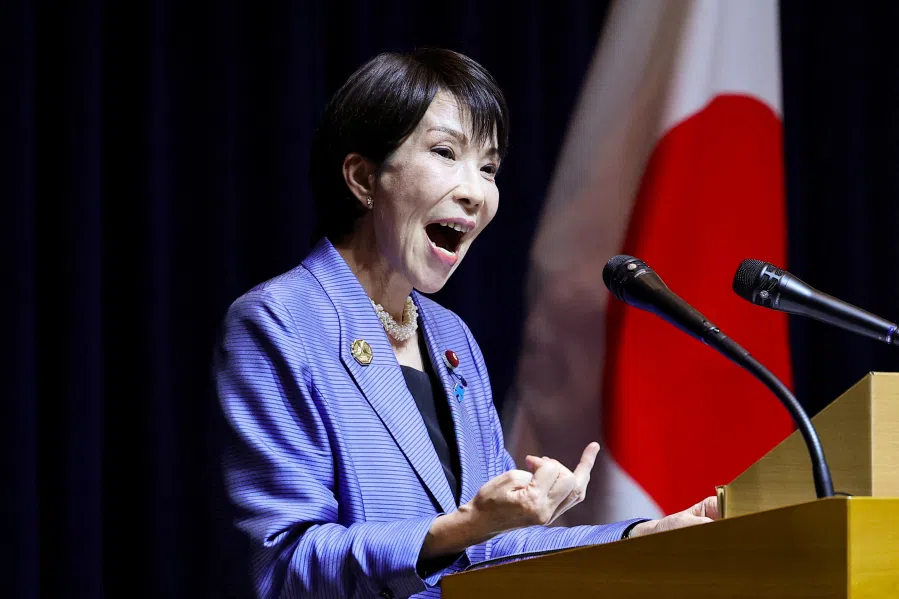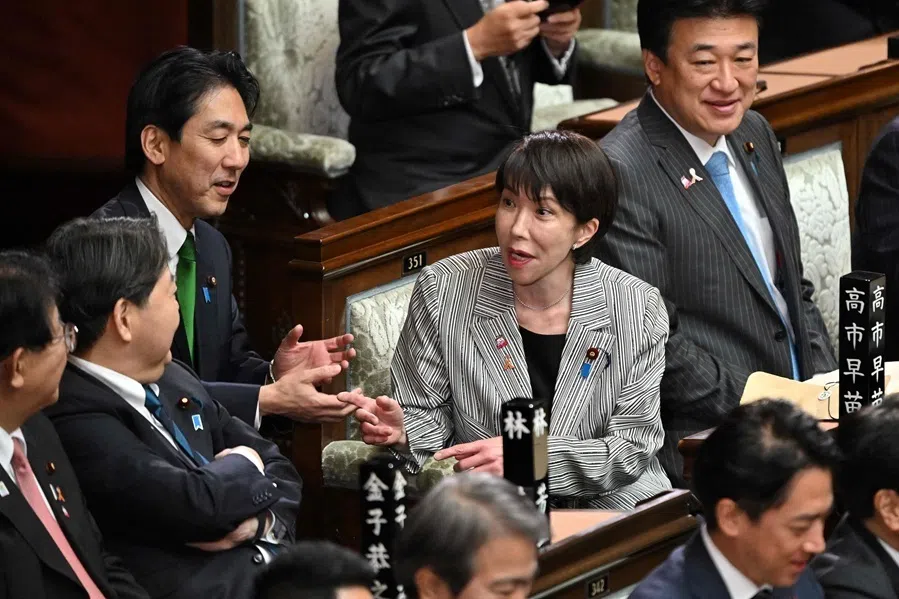[Big read] Venue closures and talent gaps: Cantonese opera’s battle for survival
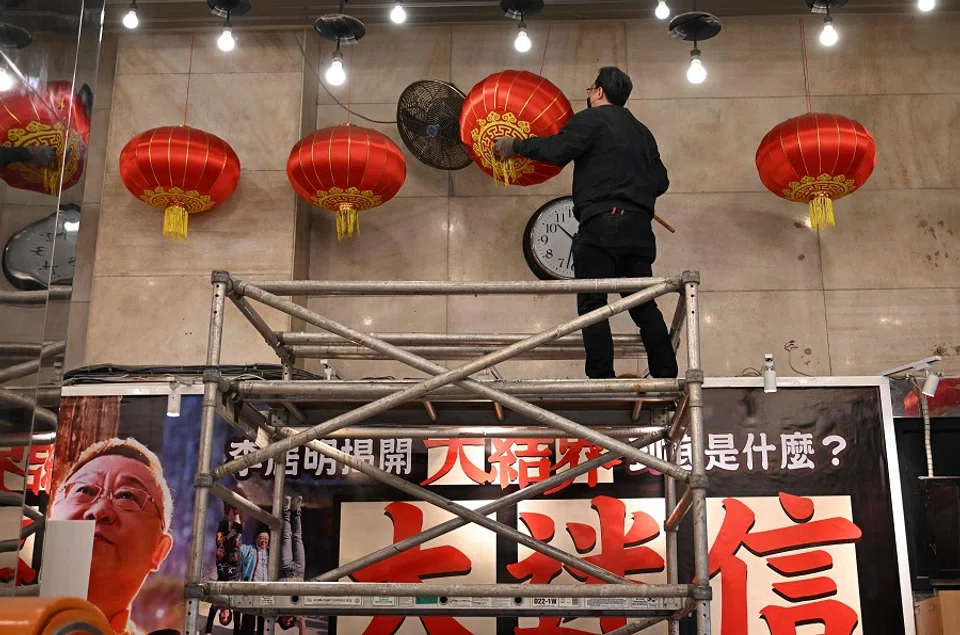
With the closure of the iconic Sunbeam Theatre in Hong Kong, audiences have one less venue to watch Cantonese opera. Lianhe Zaobao journalist Tai Hing Shing speaks to Cantonese opera fans and academics to find out what the future might hold for the industry.
“Three, two, one…” At 12:16 am on 4 March, theatre operator Edward Li Kui-ming stood on the stage of the Sunbeam Theatre (新光戲院). Along with guests and audience members, he counted down from ten before pulling the lever to slowly close the theatre’s main gate. The neon lights hanging outside the theatre went dark, marking the official closure of the Sunbeam Theatre after 53 years of operation.
Located at the ground floor of Kiu Fai Mansion in Hong Kong’s North Point district, the Sunbeam Theatre opened in 1972 and became a renowned venue for Cantonese opera performances. “For Cantonese opera, go to Sunbeam” was a popular saying among Cantonese opera enthusiasts in Hong Kong. In November 2009, the Time magazine website held a poll of 25 Authentic Asian Experiences where “watching traditional Cantonese opera at Sunbeam Theatre” ranked seventh among 25 selected experiences.
Came close to shutting multiple times over last 20 years
However, this old theatre still came close to shutting multiple times in the past two decades. Most recently, its previous operator, Hong Kong United Arts Entertainment, decided against renewing its lease in 2012 due to commercial reasons, and the theatre was slated to close on 19 February that year. But just two days before the scheduled closure, Edward Li, who started the Sheng Shi Tian (盛世天) opera troupe, came to its rescue as a white knight and took over the lease, investing some HK$10 million to renovate the venue, and rebranding it as the Sunbeam Theatre.
However, by 2023, a church had acquired 77.41% ownership of Kiu Fai Mansion, including the floor where the Sunbeam Theatre was located, with plans to redevelop the theatre into a church or community hall. As a result, the Sunbeam Theatre could not continue operating and had to shut down after its final performance on 3 March of this year.
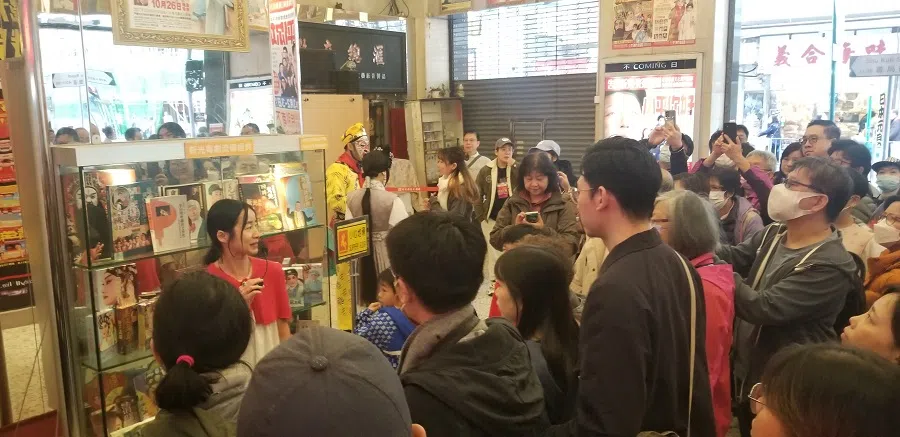
Over the past month, Hong Kong residents and tourists alike have flocked to the Sunbeam Theatre to take photos and preserve memories, seizing its final moments to document every detail of this landmark that has played a crucial role in the development of Cantonese opera in Hong Kong.
On 22 February, the Sunbeam Theatre held its final open day, featuring guided tours and a nostalgic exhibition that attracted a large crowd of Cantonese opera enthusiasts eager to reminisce about the past. According to my observations on the scene, the open day started at 10 am, but by 9 am, many people were already queueing outside the theatre, waiting to enter. By noon, the venue was packed inside and out.
Cantonese opera’s journey through time
Areas usually off-limits to regular audiences — such as the grand theatre stage, projection room, and dressing rooms — were crowded with visitors. Some attendees joined guided tours to learn more about Cantonese opera culture and the history of the Sunbeam Theatre, taking photos to capture the moment.
“Times change, and we must adapt. With Sunbeam Theatre gone, I’ll just go elsewhere to watch performances.” — an 80-year-old operagoer
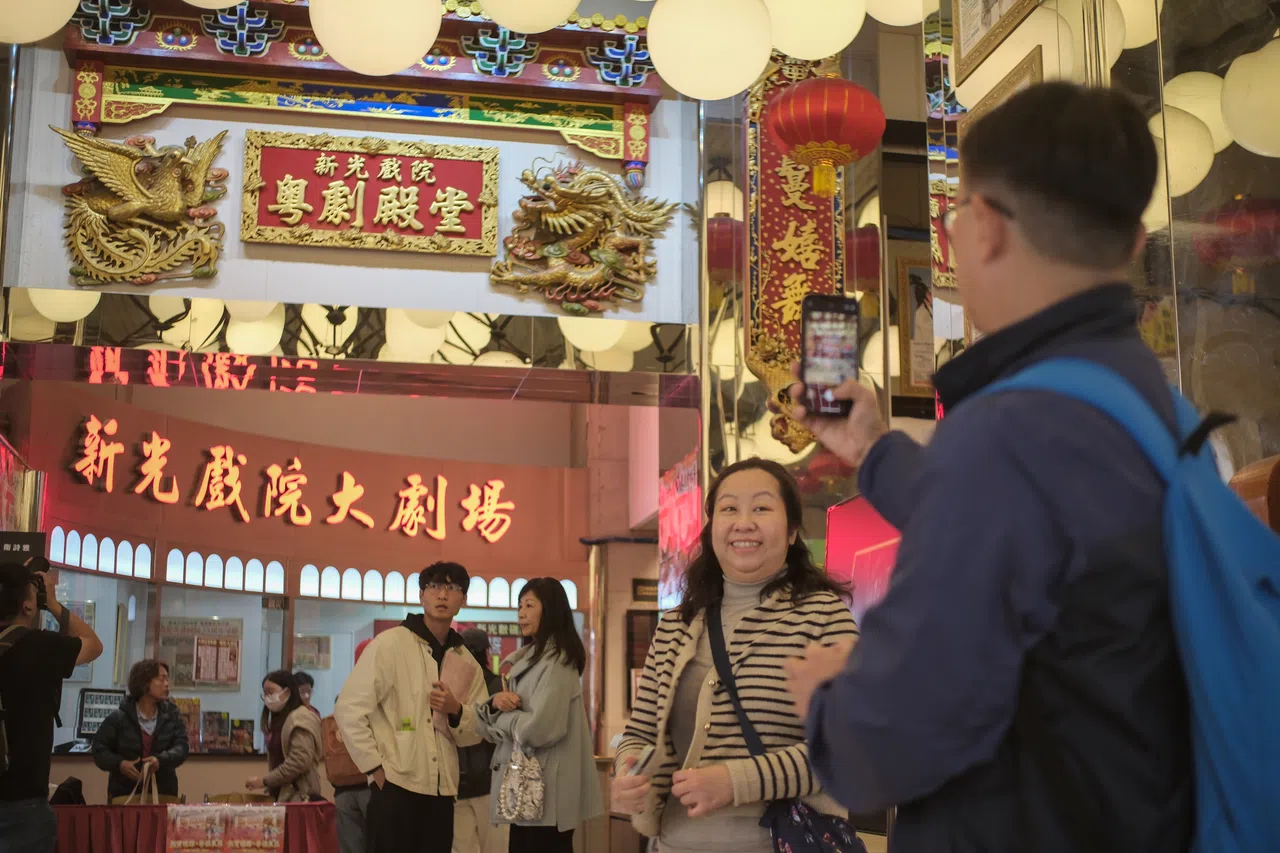
One Cantonese opera fan, who travelled an hour from the New Territories, said he had watched Cantonese opera for decades but had never set foot on the “Tiger Gate” (the entrance for actors in Cantonese opera), and it was a rare chance to visit backstage areas like the dressing rooms, but also expressed deep sorrow over the theatre’s closure.
An 80-year-old woman told reporters that she had loved Cantonese opera since childhood and, at her peak, watched performances at the Sunbeam Theatre almost daily. Even now, despite her age, she still attends more than ten performances a month. She took the theatre’s closure in her stride: “Times change, and we must adapt. With Sunbeam Theatre gone, I’ll just go elsewhere to watch performances.”
With the lights of the Sunbeam Theatre now dimmed and its doors shut, Hong Kong society has begun reflecting on how to preserve and develop Cantonese opera for the future.
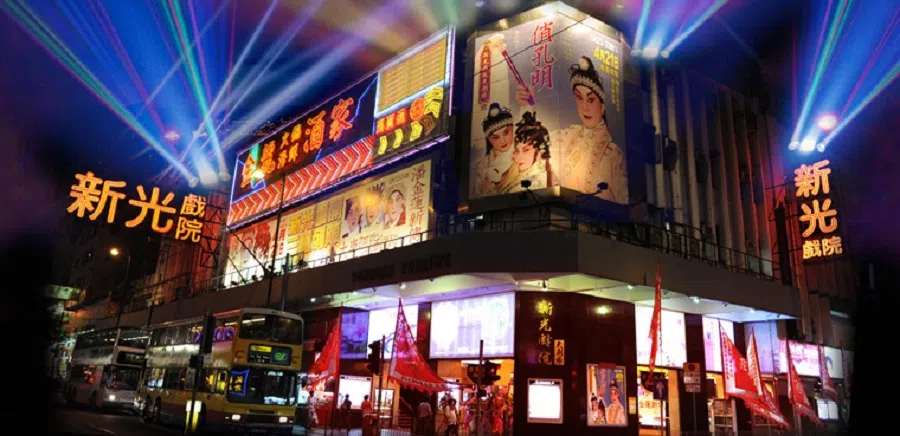
Cantonese opera, also known as daxi (大戏, dai hei in Cantonese) or Guangdong daxi, is a mainstream opera form in Guangdong that originated from Nanxi or Southern opera. It first appeared in Guangdong and Guangxi during the Jiajing era of the Ming dynasty. This performing art combines singing, acting, recitation, acrobatic fighting, instrumental music accompaniment, staging and costumes and symbolic body movements.
During World War II, many Cantonese opera performers from mainland China migrated to Hong Kong and Macau, leading to a rapid flourishing of the art form in Hong Kong during the 1950s and 1960s, with the emergence of many legendary performers. However, the late 1960s to early 1970s marked a period of decline, before Cantonese opera rebounded in the late 1970s, entering a new golden era.
... the Cantonese opera community in Hong Kong has done a lot, including the introduction of a young talent cultivation scheme to nurture new opera practitioners by giving them more chances to perform, so that the art form can be passed down.
Declining audience numbers in the last decade
Over the past few decades, Cantonese opera in Hong Kong has developed steadily, with 2009 being a particularly historic year, as the governments of Guangdong, Hong Kong and Macau submitted a joint application through China’s central government, and Cantonese opera was officially added to UNESCO’s Representative List of the Intangible Cultural Heritage of Humanity. This marked Hong Kong’s first-ever world intangible cultural heritage.
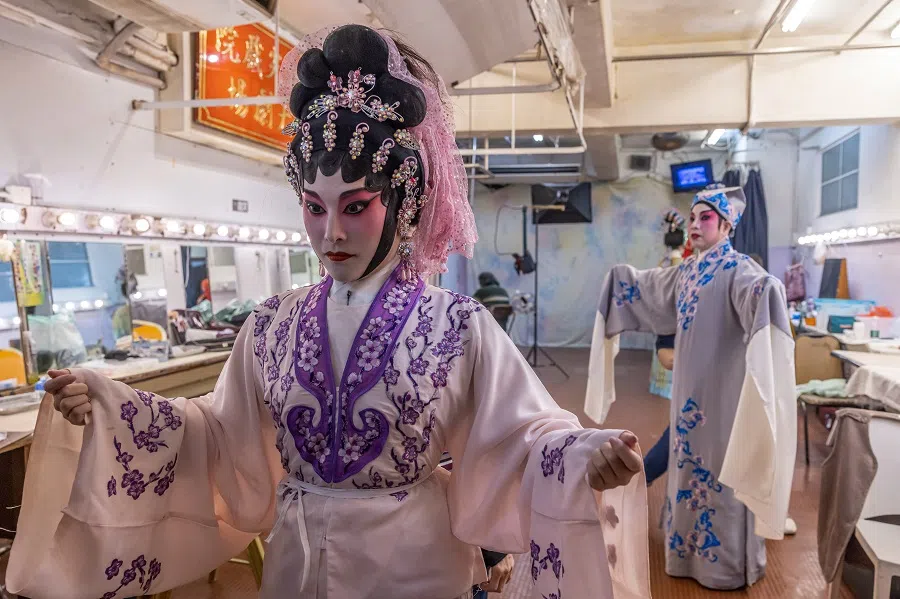
However, despite being one of Hong Kong’s most popular performing arts, Cantonese opera is now facing challenges such as an ageing audience and concerns over its sustainability. According to data from the Hong Kong Arts Development Council, the number of Cantonese opera attendees in Hong Kong has remained around 300,000 per year over the past decade — a slight decline compared to ten years ago. Expanding the audience base has become an urgent priority.
For more than a decade, the Cantonese opera community in Hong Kong has done a lot, including the introduction of a young talent cultivation scheme to nurture new opera practitioners by giving them more chances to perform, so that the art form can be passed down.
“We can imagine that in ten years, we may see a sharp decline in Cantonese opera audiences, so that it slowly becomes an art form that is only performed occasionally for students, rather than a vibrant part of popular culture.” — Gordon Fan Chi-wai, Lecturer of Chinese Language and History, Hong Kong
Imbuing vitality through attracting younger generations
In recent years, the Hong Kong Academy for Performing Arts, the Chinese Artists Association of Hong Kong, and a number of local schools have introduced Cantonese opera courses, ensuring a steady influx of new talent. However, in an interview with Lianhe Zaobao, Gordon Fan Chi-wai, a university lecturer of Chinese language and history in Hong Kong, said the problem is that Cantonese opera does not draw new-generation audiences to watch performances to keep it going.
He said, “When I teach, I often ask new students if they have ever watched a full Cantonese opera performance in a theatre or online. Almost the entire class answers ‘no.’ Young people today have a wide variety of entertainment choices, and since Cantonese opera performances typically last three to four hours, it is difficult to attract urban audiences.”
Fan pointed out that most Cantonese opera audiences in Hong Kong are in their 70s or 80s, with relatively few in their 60s. This is because those born in the 1960s grew up during a time when movies and television became popular in Hong Kong. “Without an audience, performances cannot be staged. We can imagine that in ten years, we may see a sharp decline in Cantonese opera audiences, so that it slowly becomes an art form that is only performed occasionally for students, rather than a vibrant part of popular culture.”
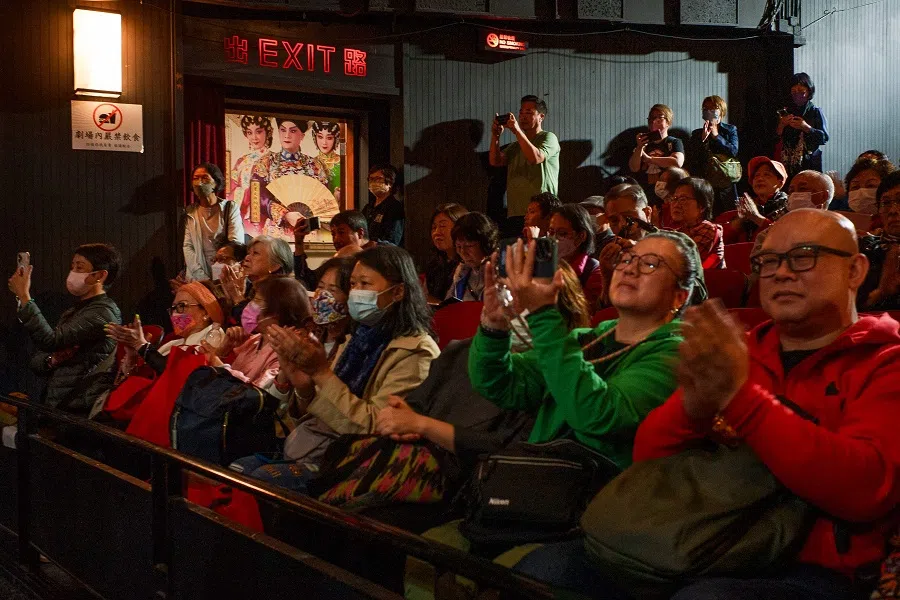
For Cantonese opera to survive, it is not enough to have performers; educating the younger generation is even more crucial to fostering appreciation. Although the Hong Kong government has encouraged music teachers to include Cantonese opera in lessons through its Music Curriculum Guide, a 2020 survey conducted by the Education University of Hong Kong Department of Cultural and Creative Arts found that very few music teachers responded. On average, only 6-10% of time in music classes is allocated to Cantonese opera.
The study identified several reasons for the limited Cantonese opera education in Hong Kong, including a lack of teacher training and educational resources, so that teachers lack confidence in teaching the subject. Also, most music teachers in Hong Kong have a background in Western music, whereas those with a background in Chinese music are more inclined to teach Cantonese opera in their classes.
Limited government funding, difficulty in finding venues
Another major challenge facing Cantonese opera development in Hong Kong is the lack of resources and performance venues. The long-established Hong Kong Chinese Opera and Performing Arts Group Association frequently holds classes to teach the public about Cantonese opera. Its chairperson, Jennifer Chow Kit-bing, told me that the Cantonese opera scene in Hong Kong is diverse, consisting mainly of small- and medium-sized private troupes. However, these groups rarely receive government funding, making it difficult for them to secure performance venues. With the closure of the Sunbeam Theatre, newcomers who self-fund their performances now have one less place to perform.
Chow suggested that an ideal solution would be for the new owners of the Sunbeam Theatre to negotiate a deal to rent the space to Cantonese opera groups during the evening. She said: “Government-run community halls require advance scheduling for performances, not just funding. More government support is needed for private Cantonese opera groups.”
Fan Chi-wai also pointed out that there are few suitable venues for Cantonese opera performances in Hong Kong, with the most commonly used ones being the Xiqu Centre, Koshan Theatre, and Yau Ma Tei Theatre. With the closure of the Sunbeam Theatre, the government must step in to help the industry find alternative venues.
... another issue with Cantonese opera in Hong Kong is that most people only know classic works from the 1960s such as Princess Chang Ping (《帝女花》) and The Purple Hairpin (《紫钗记》)... — Fan
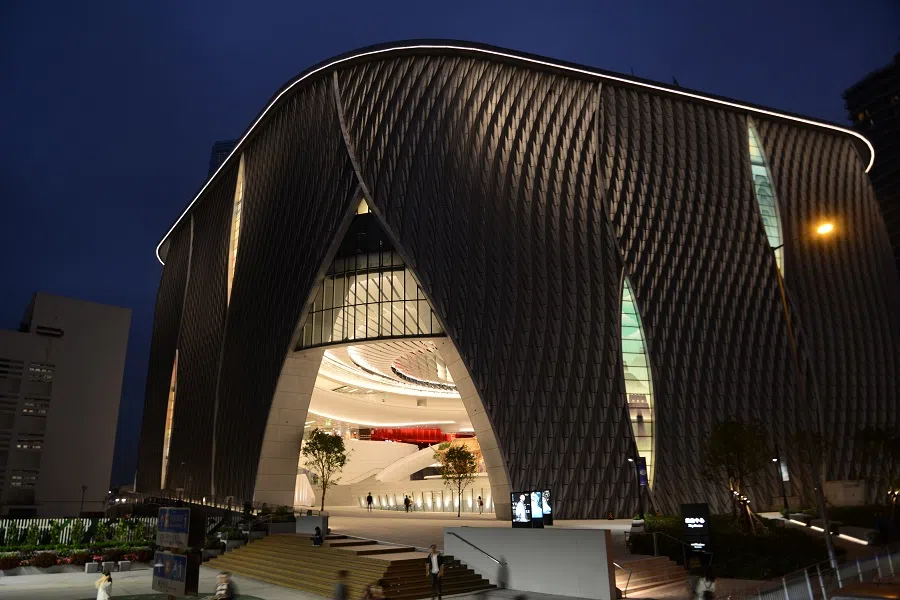
He said: “Cantonese opera needs large venues for its orchestra and audience. Finding suitable spaces is urgent, as small venues for 100-200 people aren’t cost-effective due to the extensive human resources required.”
Hong Kong’s Secretary for Culture, Sports and Tourism, Rosanna Law Shuk-pui, stated that theatre operations are commercial decisions. She highlighted government efforts, noting the addition of 2,000 seats over the past decade through public venues like the Yau Ma Tei Theatre and Xiqu Centre’s Grand Theatre.
Law emphasised Cantonese opera as a key part of Hong Kong’s cultural heritage, with government support including the Cantonese Opera Advisory Committee (2004) and Development Fund (2005), which has allocated HK$200 million (US$25.7 million) to over 1,200 projects.
Developing the arts sector to nurture creators
University lecturer Fan said besides an ageing fanbase and a lack of venues, another issue with Cantonese opera in Hong Kong is that most people only know classic works from the 1960s such as Princess Chang Ping (《帝女花》) and The Purple Hairpin (《紫钗记》); in recent years, other than Trump On Show (《粤剧特朗普》) being the talk of the town, there have been few well-known new productions. This is largely due to a shortage of playwrights and creators, as there are few specialised courses dedicated to Cantonese opera scriptwriting and composition.
He pointed out that Cantonese opera differs from film in that scriptwriters must have a deep understanding of music theory, tonal patterns, and classical rhyming schemes, along with a strong foundation in classical literature and traditional Chinese history and culture. However, Hong Kong’s education system does not prioritise the humanities, leading to a decline in students enrolling in Chinese literature programmes in recent years.
To preserve and sustain Cantonese opera, Hong Kong should not limit itself to catering solely to local audiences, but should actively seek performance opportunities in the Greater Bay Area, while Guangzhou’s Cantonese opera troupes should perform more frequently in Hong Kong. — Henry Choi Sze-hang, Lecturer, Office of University General Education, Chinese University of Hong Kong

As China emphasises soft power, Hong Kong should expand beyond investing in science and finance by enhancing humanities education and creating more career opportunities in the cultural sector to attract young talent.
In an interview with Lianhe Zaobao, Henry Choi Sze-hang, a lecturer at the Chinese University of Hong Kong’s Office of University General Education, said that while the Sunbeam Theatre had introduced modern Cantonese opera in recent years to attract new local audiences, the overall development strategy for Cantonese opera in Hong Kong remains unclear.
Choi noted that historically, larger Cantonese opera troupes would tour the cities of Guangzhou, Hong Kong and Macau — this was known as the shenggang daban (省港大班) model. To preserve and sustain Cantonese opera, Hong Kong should not limit itself to catering solely to local audiences, but should actively seek performance opportunities in the Greater Bay Area, while Guangzhou’s Cantonese opera troupes should perform more frequently in Hong Kong. “This way, Cantonese opera can become a common cultural denominator of both cities and promote cultural exchange in the Greater Bay Area.”
This article was first published in Lianhe Zaobao as “闪耀半世纪港戏院熄灯 粤剧要燃新光别走旧路”.




